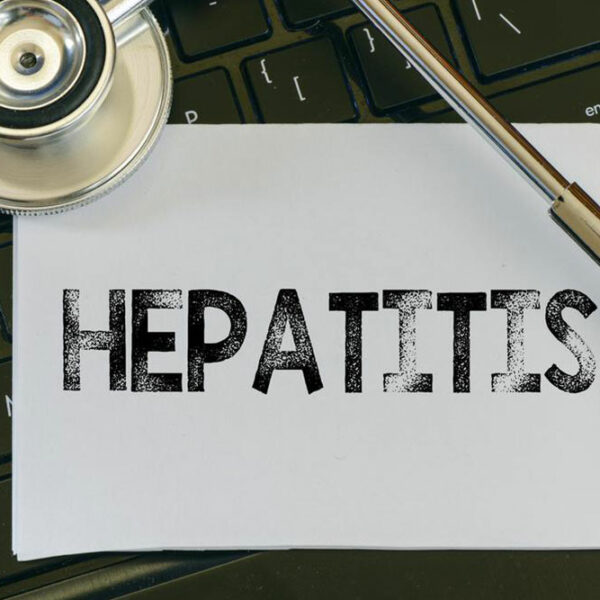
Lung Cancer – Stages and Treatment Options
Lung cancer is one of the most unpleasant forms of cancer. Due to the large size of the lungs, tumors can grow in them for significantly long periods before being detected. The symptoms of lung cancer include coughing and fatigue. It is difficult to identify this disease by these symptoms alone, and thus, it is hard to get an early diagnosis. There are two types of lung cancer – non-small cell lung cancer and small cell lung cancer. The stages of lung cancer depend on whether cancer has spread from the lungs to other organs, the lymph nodes, or whether it is still local. Early diagnosis of lung cancer can help in treating this condition effectively. Nevertheless, people with lung cancer do have access to various treatment options. Before we get to these treatment options, let’s understand the two types of lung cancer, their stages, and how they affect people in the country. Non-small cell lung cancer Non-small cell lung cancer accounts for 85% of all lung cancer cases in the country. Adenocarcinoma, a subtype of non-small cell lung cancer, is the most common form, followed by squamous cell carcinoma (25%) and large cell carcinoma (10%). Stages of non-small cell lung cancer Stage I:









